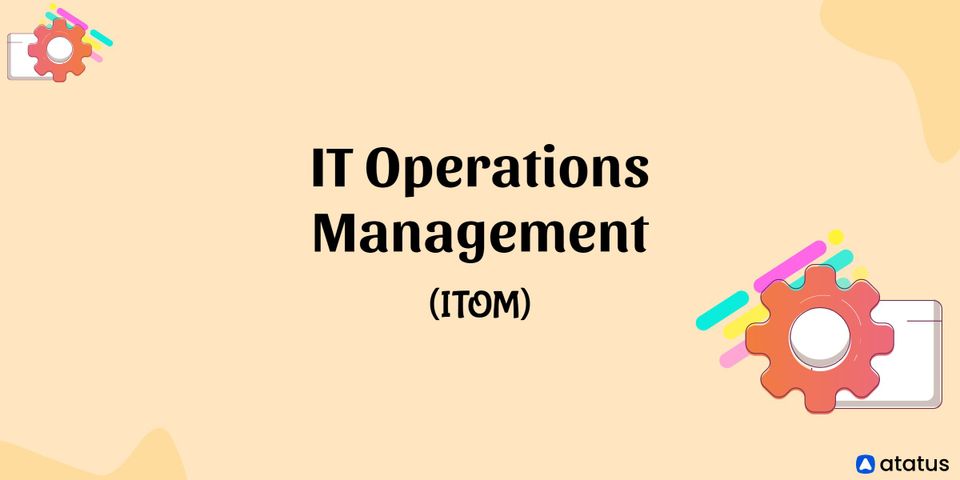Detecting and responding to suspicious activities, responding to security incidents, and strengthening the organization's security posture by updating processes and technology are all part of the continual process of managing cyber security for enterprise IT businesses.
Computer security incident response teams (CSIRT), security operations centers (SOC), and computer emergency response teams (CERT) collaborate to design and maintain security policy, prevent cyber assaults proactively, and respond to events, crises, and disasters. In IT businesses, the search and discovery process connected with Indicators of Compromise (IoC) is a crucial component of InfoSec and computer security experts' responsibilities.
We will cover the following:
- What are Indicators of Compromise?
- How do Indicators of Compromise Work?
- Types of Indicators of Compromise
- Indicators of Compromise Vs. Indicators of Attack
- IOC Detection and Response
What are Indicators of Compromise?
Different types of cybersecurity data known as indicators of compromise (IoCs) can notify organizations of network attacks, security breaches, malware infections, and security events. MD5 hashes, IP addresses, domains, URLs, signatures, and many others are examples of IoCs. IoCs are collected by security teams to improve their ability to detect, assess, prioritize, and respond to network threats.
Indicators of Compromise are pieces of evidence that signal a data breach has occurred, requiring further investigation and activation of the CSIRT incident response plan. When IoCs are detected on a network, IT companies must have the ability to recognize them and establish an effective incident response plan to eliminate the danger and restore the affected systems.
After IoCs have been identified as part of incident response and computer forensics procedure, intrusion detection systems and antivirus software can be utilized to detect subsequent attack attempts early.
These are unique data artifacts or signatures that strongly suggest the presence of a security concern or a network intrusion that has to be addressed. A single observable or a group of observables can make up an IoC. A single known problematic URL, for example, or the existence of a specific file and a few specific registry key values.
IoCs can also be used to evaluate the scope of a compromise's impact on an organization or to collect lessons learned in order to help safeguard the environment against future attacks. Typically, indications are gathered through software such as antimalware and antivirus systems, but other artificial IoC cybersecurity tools can be utilized to aggregate and organize indicators during incident response.
How do Indicators of Compromise Work?
Even if malware creators strive to create software that is undetectable at all times, every application leaves traces of its existence on the network. These indicators might help you figure out if your network is under attack or if you've had a data breach. After a cybersecurity event, forensic investigators use these clues to compile evidence, plan countermeasures, and pursue criminal charges against an attacker. IoCs also disclose what information was stolen and the severity of the security breach.
Consider indicators of compromise to be the breadcrumbs left by an attacker after a data breach. Anti-malware software could only block the attack in part, but indicators of compromise identify the data and files that an attacker could access. They are critical in identifying vulnerabilities and exploits used by attackers to steal data since they provide information to the company on how to better defend the network in the future.
Types of Indicators of Compromise
Thousands of IoCs could be present in large networks. As a result, the majority of evidence is gathered and fed into IoC security event and event management (SIEM) systems, which aid forensic investigators in data organization. Evidence can be found in a variety of places, however, there are a few items that can be utilized as IoC:
- Activity from Strange Geographic Regions
Most businesses receive traffic from a specific region. State-sponsored attacks, as well as those that originate from countries outside of the organization's designated geographic area, resulting in traffic indications that are not found in regular regions. - Excessive Requests on Important Files
Without a high-privileged account, an attacker is compelled to experiment with various attacks in order to acquire access to files. Attempts to get access from the same IP or geographic region should be investigated. - High Authentication Failures
Attackers utilize automation to authenticate with phished credentials in account takeovers. A high volume of authentication attempts may indicate that an attacker has stolen credentials and is looking for an account that grants network access. - High-privilege User Activity Irregularities on Sensitive Data
Sensitive data is accessed through compromised user accounts. An attacker will need a high-privileged user account to gain access to data that is normally restricted to standard user accounts with limited permissions. Credentials were phished or stolen if a high-privilege user account accessed sensitive data during off-peak hours or on files that were rarely visited. - Increase in Database Reads
A dump of data from database tables could indicate that an attacker has stolen data, whether by SQL injection or direct access to the database using an administrator account. - Suspicious Configuration Changes
Changing file, server, and device configurations could provide an attacker with a second backdoor into the network. Changes may introduce weaknesses that malware can exploit. - Traffic Congestion at a Specific Site or Location
A gadget hack might transform it into a botnet. An attacker sends a signal to a hacked device instructing it to flood a certain target with traffic. A high volume of traffic from several devices to a single IP address could indicate that internal devices are involved in a distributed denial-of-service(DDoS) attack. - Unusual Outbound Traffic
Malware will be used by attackers to capture and send data to a server controlled by them. Outbound traffic during off-peak hours or traffic originating from a strange IP address could signal an IoC security vulnerability.
One or more of the above indicators could be used to identify an indication of compromise. The objective of a forensic investigator is to examine all IoC evidence in order to discover which vulnerability was exploited.
Indicators of Compromise Vs. Indicators of Attack
There are various stages to a cyber-attack. However, there are two key issues in terms of investigations: is the attack still underway, or has it been contained?
To address both queries, investigators employ indicators of compromise left by an attacker.
During incident response, IoC security is utilized to establish the scope of an attack and the data breached. IoA is used to see if an attack is still going on and has to be stopped before it does additional harm.
Both IoC and IoA cyber technologies operate with evidence and metadata to provide investigators with information about the state of an attack. When an attack has been contained and the organization needs to know where, what, and how, indicators of compromise are utilized. Attack indicators concentrate on a current attack that is active and must be contained.
A hack could linger for months before administrators are aware of it, especially if the infection is particularly covert. IoAs will aid in determining whether suspicions are correct or whether they are false positive.
IOC Detection and Response
These are just a few instances of how suspicious activity can be detected on a network. Fortunately, IT professionals and managed security service providers are on the watch for these and other IOCs in order to cut down on the amount of time it takes to respond to potential threats. These experts are able to identify security breaches and treat them instantly using dynamic malware analysis.
Monitoring for IOCs allows your company to limit the damage that a hacker or malware could cause. A system compromise assessment aids your team in becoming as prepared as possible for the type of cybersecurity threat your organization may face. The reaction is reactive rather than proactive with actionable indicators of compromise, yet early identification might make the difference between a full-blown ransomware attack that cripples your business and a few misplaced files.
In order to offer the necessary monitoring and forensic investigation of occurrences via malware forensics, IOC security requires tools. Despite the fact that IOCs are reactive in nature, they are a vital component of the cybersecurity puzzle since they ensure that an attack does not go unnoticed for long.
Your data backup is also a vital piece of the puzzle, just in case the worst happens. You won't be left without your data or a way to avoid paying the ransom demanded by hackers.
Conclusion
The fight against malware and cyber attacks is a never-ending and arduous battle that changes on a daily basis. Most likely, your security team has procedures in place to try to mitigate as many of these threats as possible. It's just as crucial to keep your employees educated and taught on these procedures as it is to monitor them.
Monitor Your Entire Application with Atatus
Atatus provides a set of performance measurement tools to monitor and improve the performance of your frontend, backends, logs and infrastructure applications in real-time. Our platform can capture millions of performance data points from your applications, allowing you to quickly resolve issues and ensure digital customer experiences.

Atatus can be beneficial to your business, which provides a comprehensive view of your application, including how it works, where performance bottlenecks exist, which users are most impacted, and which errors break your code for your frontend, backend, and infrastructure.





